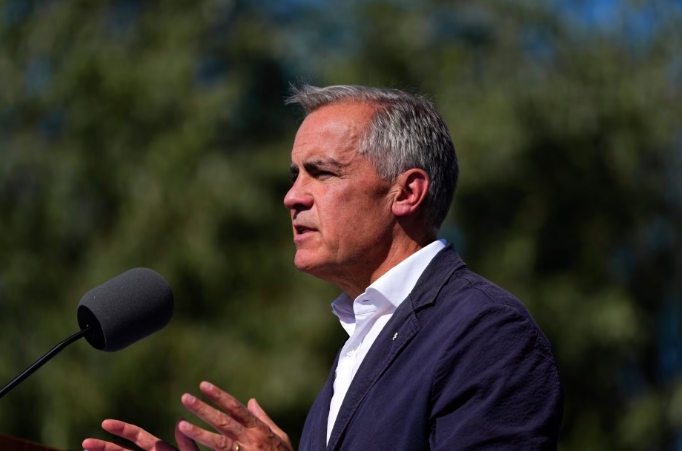Canada’s immigration system is entering a period of heightened scrutiny as Prime Minister Mark Carney’s government confronts a surge in non-permanent residents and the challenge of meeting ambitious reduction targets. With nearly three million temporary residents (accounting for seven percent of the population), the federal government must navigate both political and economic pressures as it seeks to lower this figure to five percent by 2027.
The Challenge of Meeting Targets
Immigration experts warn that the scale of reductions promised is extremely difficult to achieve. Vancouver lawyer Kyle Hyndman noted, “The level of reductions that they have committed to are very, very difficult to achieve with that number of people who are already here.” He pointed out that temporary residents include international students, foreign workers, and asylum seekers, many of whom contribute significantly to Canada’s economy.
At the same time, housing shortages, stressed healthcare systems, and stagnant wages have been tied to rapid population growth, fuelling political and public concern. Hyndman highlighted the government’s dilemma of meeting targets without creating “unintended consequences” or violating constitutional protections.
Signs of a Tougher Stance
The government has already introduced the Strong Borders Act, giving Ottawa authority to suspend or cancel applications and expand border enforcement. Alongside cuts of 3,300 positions at Immigration, Refugees and Citizenship Canada (IRCC), the hiring of 1,000 new Canada Border Services Agency officers signals a shift toward stricter control.
Immigration advocate Gabriela Ramo observed an increase in application refusals and slower processing, suggesting it is a deliberate approach to lower intake. “If you’re slower, you accept fewer people, that brings your number down,” she said. Critics fear that these measures may discourage skilled migrants while creating risks of undocumented populations.
Focusing on Economic Needs
With family reunification and refugee commitments capped, the government is emphasizing economic migration. Skilled workers in healthcare, trades, and STEM remain priorities. However, allocations under the Provincial Nominee Program have been reduced, limiting provinces’ ability to address local labour shortages.
Jonathan Leebosh of the Canadian Immigration Lawyers Association argued that the system requires more than small adjustments, calling for streamlining and digital modernization to cut down on inefficiencies.
Public Trust and Political Pressure
Recent polls show declining public support for immigration levels, with concerns centred on housing affordability and access to healthcare. Experts stress the importance of transparent, evidence-based policies to rebuild trust.
As opposition leader Pierre Poilievre pushes for the abolition of temporary foreign worker permits, political debate is intensifying. Observers predict Canada is heading toward a period of stricter controls and greater emphasis on enforcement under Carney’s leadership.
Looking Ahead
Immigration Minister Lena Diab has so far kept a low profile, but with Parliament reconvening, significant reforms are expected. Analysts anticipate announcements on enforcement, digital processing, and new provincial partnerships. Balancing economic growth with public concerns will remain a central test for the government.
Conclusion
The coming months could reshape Canada’s immigration framework, with debates intensifying around enforcement, economic needs, and the long-term role of newcomers in Canadian society.
This press release is based on information from Immigration News Canada. For detailed coverage and updates on Canadian immigration, visit Immigration News Canada and follow them to stay informed on the latest policy changes and analysis.
Media Contact
Company Name: Immigration news Canada
Contact Person: Kamal Deep Singh
Email: Send Email
Phone: 647-853-1717
Country: Canada
Website: https://immigrationnewscanada.ca







